Heavy Lifting for Women: Strength, Myths, and Results

Many women shy away from heavy lifting, often fearing that it will lead to bulky muscles and a masculine physique. However, this misconception prevents countless women from reaping the incredible benefits of strength training with heavier weights. This comprehensive guide will explore the science behind women and weightlifting, debunk common myths, and provide actionable advice for incorporating heavy lifting into your fitness routine. We’ll delve into the advantages of heavy lifting for women’s health, fitness, and overall well-being.
Understanding the Science: Women and Muscle Growth
The primary reason women don’t bulk up like men when lifting heavy is hormonal differences. Testosterone plays a crucial role in muscle hypertrophy (muscle growth). Men have significantly higher levels of testosterone than women.
- Testosterone: Men typically have 7-8 times more testosterone than women. This hormonal difference makes it much more difficult for women to build large, bulky muscles.
- Estrogen: Estrogen plays a significant role in female physiology, influencing body fat distribution and muscle recovery. It doesn’t contribute to muscle hypertrophy in the same way testosterone does.
- Muscle Fiber Type: Both men and women have similar muscle fiber types (Type I and Type II). However, the potential for growth in Type II fibers (responsible for power and strength) is limited in women due to lower testosterone levels.
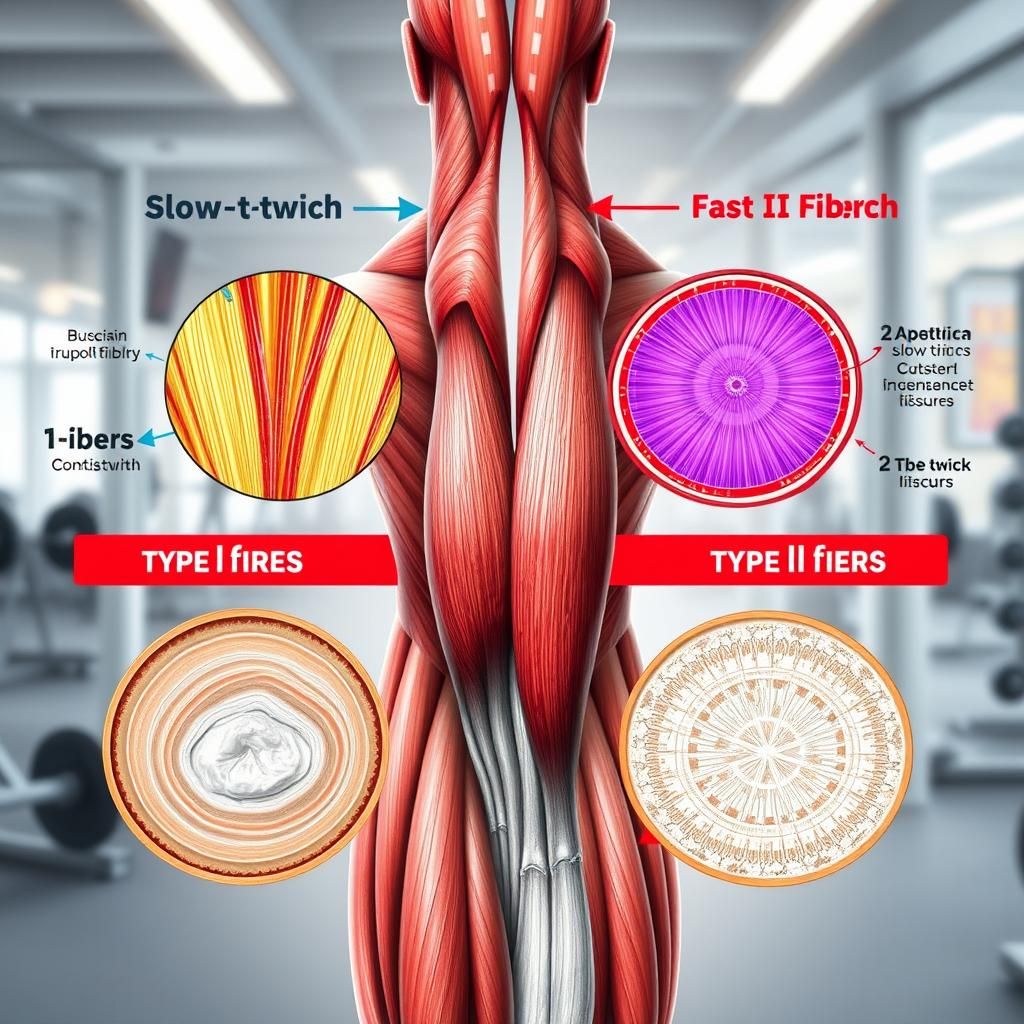
Because of these hormonal differences, women can achieve a toned, strong physique by lifting heavy without the worry of developing excessive muscle mass.
Debunking the Myths About Women and Heavy Lifting
Numerous myths surround women and weightlifting, discouraging them from lifting heavy. Let’s address and debunk these common misconceptions:
- Myth 1: Heavy Lifting Will Make Women Bulky: As mentioned earlier, women lack the necessary testosterone levels to build muscle mass at the same rate as men. Heavy lifting will lead to a toned, defined physique, not a bulky one.
- Myth 2: Women Should Only Lift Light Weights: Light weights are beneficial for endurance and muscular stamina, but they don’t provide the same stimulus for strength gains, bone density, and metabolic benefits as heavier weights.
- Myth 3: Women Will Get Injured Lifting Heavy: With proper form and gradual progression, heavy lifting is safe and effective for women. Injuries are more likely to occur due to poor technique, inadequate warm-up, or attempting to lift too much weight too soon.
- Myth 4: Heavy Lifting Is Only for Athletes: Strength training is beneficial for everyone, regardless of athletic ability. It improves overall health, fitness, and quality of life.
- Myth 5: Women Need to Train Differently Than Men: While specific training goals may vary, the fundamental principles of strength training apply to both men and women. Both can benefit from compound exercises, progressive overload, and proper nutrition.
The Benefits of Heavy Lifting for Women
Heavy lifting offers a wide range of benefits for women, extending beyond just physical appearance. These benefits encompass physical, mental, and emotional well-being.
Physical Health Benefits
- Increased Strength and Power: Heavy lifting improves overall strength and power, making everyday tasks easier. Whether carrying groceries, lifting children, or participating in sports, increased strength enhances physical capabilities.
- Improved Bone Density: Weightlifting is a proven method for increasing bone density and reducing the risk of osteoporosis, a common concern for women, particularly after menopause. Studies show that strength training stimulates bone growth and strengthens the skeletal system.
- Enhanced Metabolism and Fat Loss: Muscle tissue burns more calories at rest than fat tissue. Heavy lifting increases muscle mass, leading to a higher resting metabolic rate and facilitating fat loss. It also improves insulin sensitivity, which aids in better blood sugar control.
- Better Posture and Reduced Back Pain: Strength training strengthens the muscles that support the spine, improving posture and reducing the risk of back pain. Core strengthening exercises, in particular, are crucial for spinal stability.
- Reduced Risk of Chronic Diseases: Regular strength training can reduce the risk of chronic diseases such as type 2 diabetes, heart disease, and certain types of cancer. It improves cardiovascular health, lowers blood pressure, and enhances overall metabolic function.
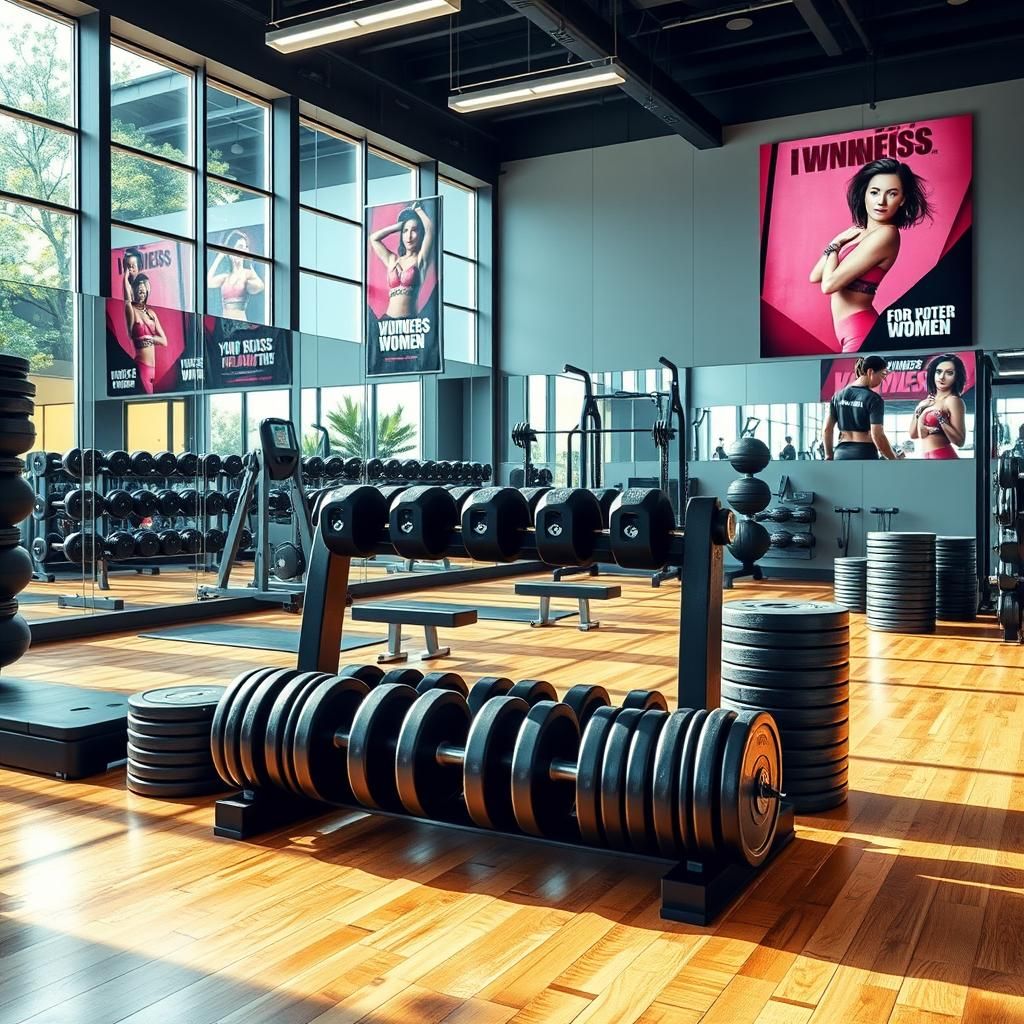
Mental and Emotional Benefits
- Increased Confidence and Self-Esteem: Achieving strength goals through heavy lifting boosts confidence and self-esteem. Overcoming challenges and witnessing physical progress enhances body image and self-perception.
- Stress Reduction: Exercise, including weightlifting, releases endorphins, which have mood-boosting and stress-reducing effects. It provides a healthy outlet for stress and anxiety.
- Improved Mental Focus and Cognitive Function: Strength training has been linked to improved cognitive function, including memory, attention, and processing speed. It enhances blood flow to the brain and stimulates the release of neurotrophic factors, supporting brain health.
- Enhanced Body Image: Heavy lifting promotes a positive body image by focusing on strength and performance rather than just aesthetics. It encourages women to appreciate what their bodies can do, rather than just how they look.
- Sense of Empowerment: Lifting heavy weights can be incredibly empowering. It challenges societal norms and provides a sense of accomplishment and control over one’s physical capabilities.
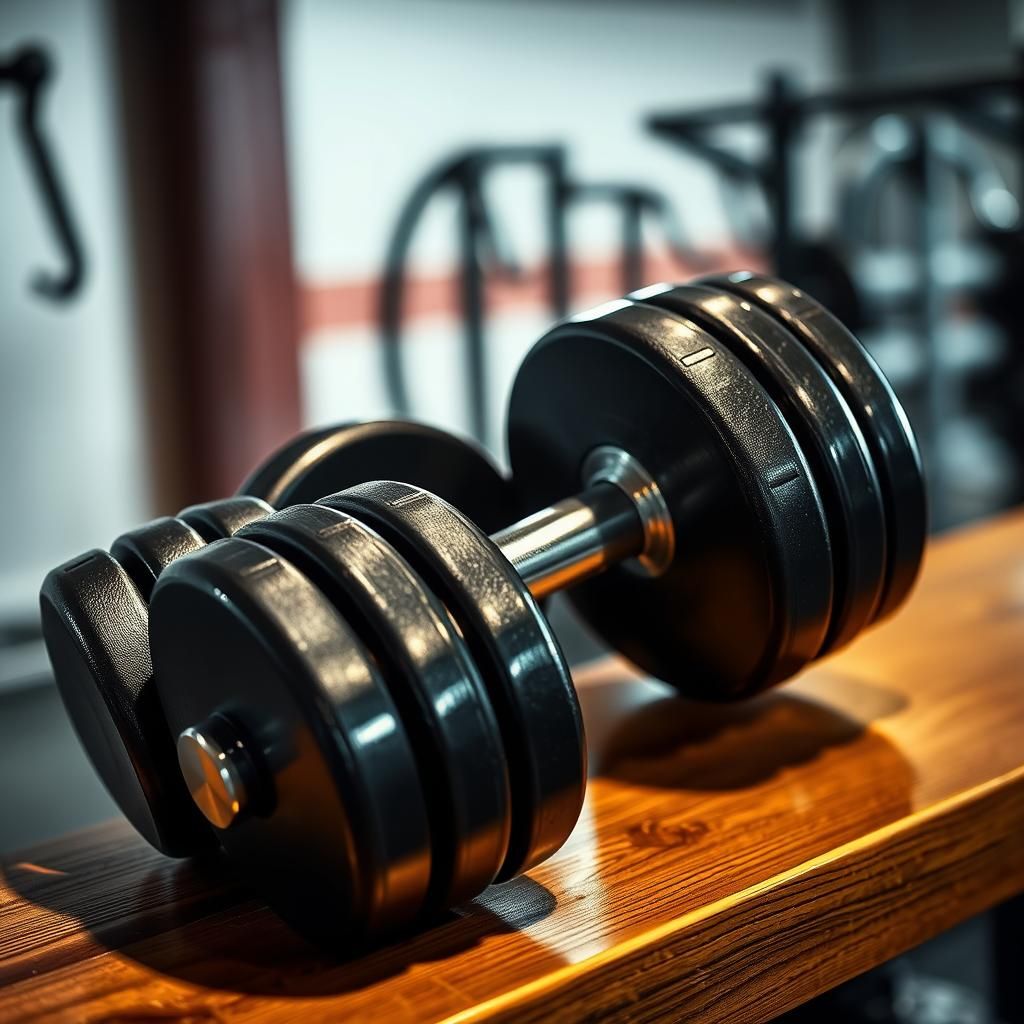
How to Start Lifting Heavy: A Practical Guide
Starting a heavy lifting program requires careful planning, proper form, and a gradual increase in weight. Here’s a step-by-step guide to help women begin their heavy lifting journey:
1. Seek Professional Guidance
- Consult a Qualified Trainer: Working with a certified personal trainer or strength coach is highly recommended, especially for beginners. A trainer can teach proper form, design a personalized workout plan, and provide ongoing support and guidance.
- Learn Proper Form: Proper form is essential for preventing injuries and maximizing results. Focus on mastering the correct technique for each exercise before increasing the weight.
- Start Slowly: Begin with lighter weights to master the movement patterns. Gradually increase the weight as strength improves. Avoid the temptation to lift too much too soon.
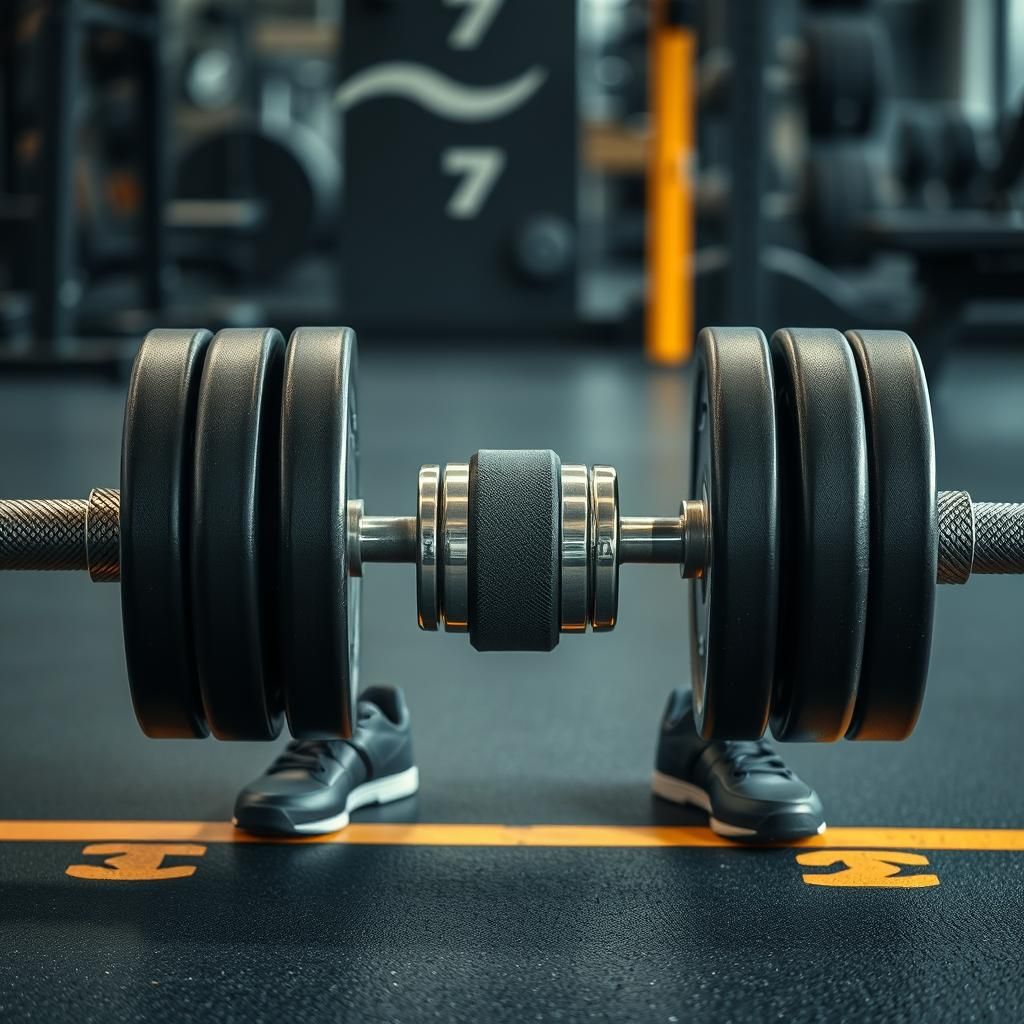
2. Choose the Right Exercises
- Compound Exercises: Focus on compound exercises that work multiple muscle groups simultaneously. These exercises are the most effective for building strength and muscle mass. Examples include:
- Squats
- Deadlifts
- Bench Press
- Overhead Press
- Rows
- Isolation Exercises: Include isolation exercises to target specific muscle groups and address any weaknesses. Examples include:
- Bicep Curls
- Tricep Extensions
- Lateral Raises
- Leg Extensions
- Hamstring Curls
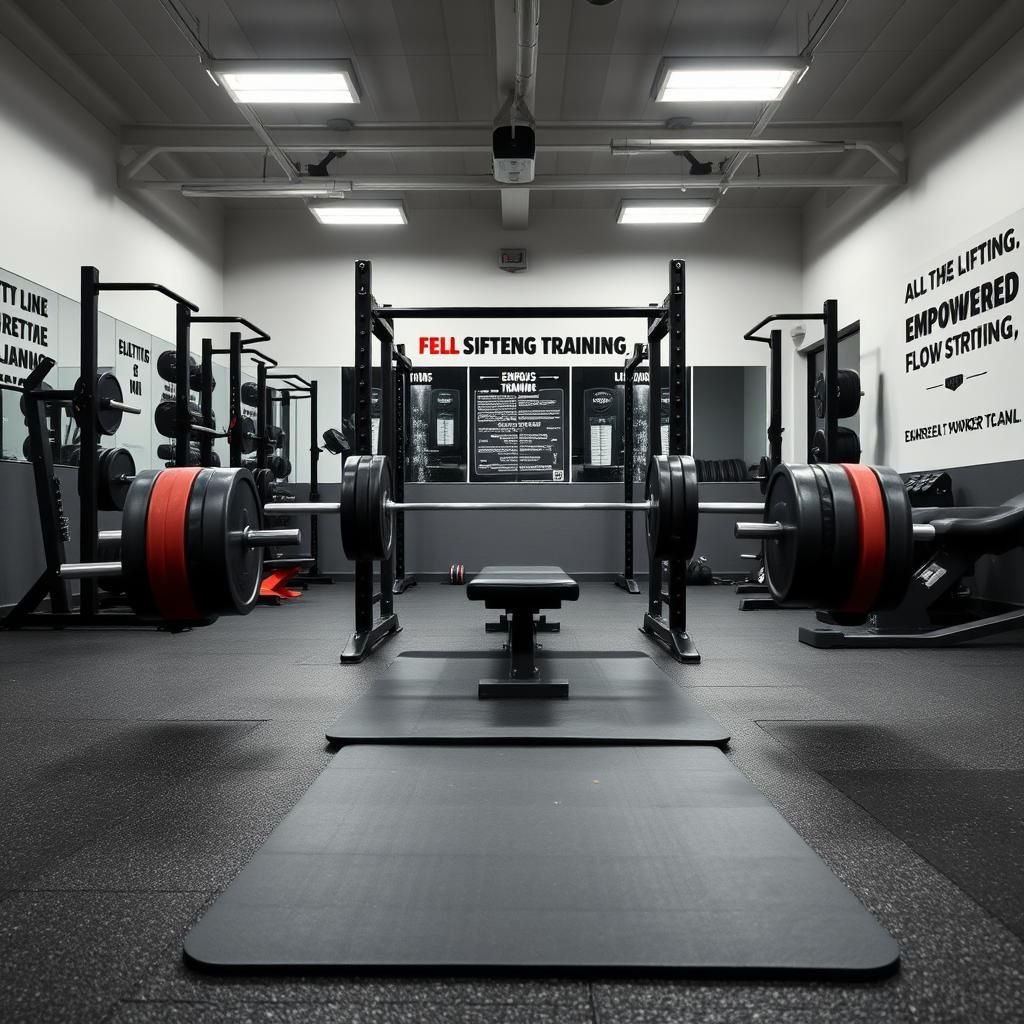
3. Create a Workout Plan
- Frequency: Aim for 2-3 strength training sessions per week, with rest days in between to allow for muscle recovery.
- Sets and Reps:
- Strength: 3-5 sets of 4-8 reps with heavier weights.
- Hypertrophy (Muscle Growth): 3-4 sets of 8-12 reps with moderate weights.
- Endurance: 2-3 sets of 12-15 reps with lighter weights.
- Progressive Overload: Gradually increase the weight, reps, or sets as strength improves. This is the key to continued progress in strength training.
- Sample Workout:
- Warm-up: 5-10 minutes of light cardio and dynamic stretching.
- Squats: 3 sets of 6-8 reps
- Bench Press: 3 sets of 6-8 reps
- Deadlifts: 1 set of 5 reps (focus on form)
- Overhead Press: 3 sets of 6-8 reps
- Rows: 3 sets of 8-10 reps
- Cool-down: 5-10 minutes of static stretching.
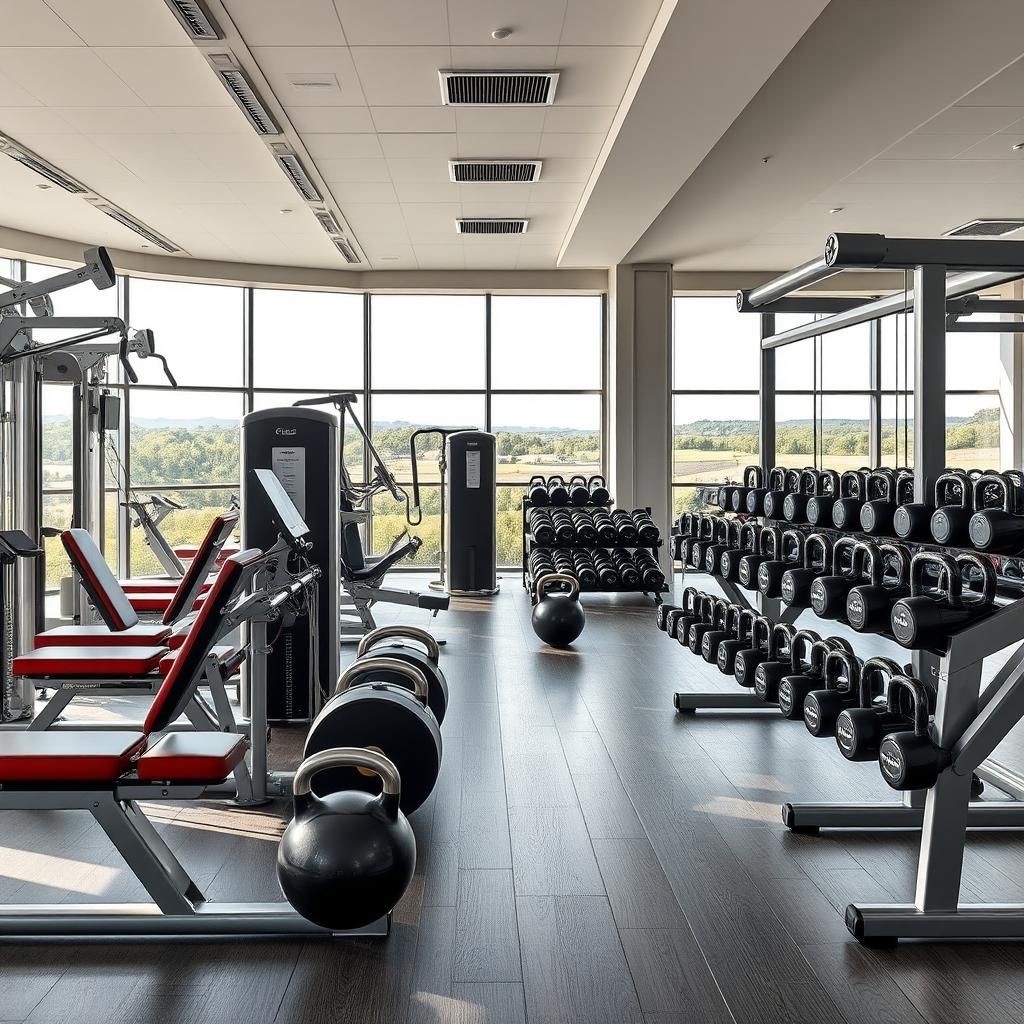
4. Prioritize Nutrition and Recovery
- Protein Intake: Consume adequate protein to support muscle growth and repair. Aim for 0.8-1 gram of protein per pound of body weight per day.
- Balanced Diet: Eat a balanced diet rich in fruits, vegetables, whole grains, and healthy fats. Proper nutrition provides the energy and nutrients needed for optimal performance and recovery.
- Hydration: Drink plenty of water to stay hydrated. Dehydration can impair performance and hinder recovery.
- Rest and Sleep: Get 7-9 hours of sleep per night to allow muscles to recover and rebuild. Adequate rest is crucial for preventing overtraining and injuries.
- Active Recovery: Incorporate active recovery activities such as light cardio, stretching, or yoga to promote blood flow and reduce muscle soreness.


5. Track Progress and Stay Consistent
- Keep a Training Journal: Track your workouts, including the exercises performed, weight lifted, sets, and reps. This allows you to monitor progress and identify areas for improvement.
- Take Progress Photos: Take progress photos regularly to track changes in body composition and muscle development.
- Set Realistic Goals: Set realistic and achievable goals to stay motivated. Celebrate small victories along the way.
- Consistency is Key: Consistency is essential for achieving long-term results. Make strength training a regular part of your lifestyle.

![]()
Overcoming Challenges and Staying Motivated
Starting and maintaining a heavy lifting program can be challenging. Here are some tips for overcoming obstacles and staying motivated:
- Find a Workout Buddy: Working out with a friend or partner can provide motivation, accountability, and support.
- Join a Strength Training Community: Connect with other women who are passionate about strength training. Share experiences, tips, and encouragement.
- Celebrate Progress: Acknowledge and celebrate your achievements, no matter how small. Reward yourself for reaching milestones.
- Don’t Be Afraid to Ask for Help: If you’re struggling with form, technique, or motivation, don’t hesitate to ask for help from a qualified trainer or coach.
- Listen to Your Body: Pay attention to your body and take rest days when needed. Avoid pushing through pain, as this can lead to injuries.
- Focus on Performance, Not Just Aesthetics: Shift your focus from appearance to performance. Celebrate strength gains, improved endurance, and increased energy levels.
- Remember Your Why: Remind yourself of the reasons why you started lifting heavy in the first place. Keep your goals in mind to stay motivated during challenging times.
Addressing Specific Concerns
Some women may have specific concerns or considerations when it comes to heavy lifting. Here are some common issues and how to address them:
- Pregnancy: Consult with a healthcare provider before starting or continuing a heavy lifting program during pregnancy. Modifications may be necessary to ensure the safety of both mother and baby.
- Injuries: If you have a pre-existing injury, work with a physical therapist or healthcare provider to develop a safe and effective training plan. Avoid exercises that exacerbate the injury.
- Age: Strength training is beneficial for women of all ages. However, it’s essential to adjust the intensity and volume of training based on individual fitness levels and health conditions.
- Time Constraints: If you have limited time, focus on compound exercises and high-intensity interval training (HIIT) to maximize results.
- Equipment Access: If you don’t have access to a gym, consider using bodyweight exercises, resistance bands, or free weights at home.
Heavy Vs. Light Weights: Is There A Winner?
While this article focuses on the benefits of heavy lifting, the “best” approach depends on individual goals. Light weights and high reps can be excellent for muscular endurance and rehabilitation. Here’s a quick comparison:
| Feature | Heavy Weights (Low Reps) | Light Weights (High Reps) |
|---|---|---|
| Primary Goal | Strength & Power | Muscular Endurance |
| Muscle Growth | Stimulates hypertrophy | Minimal hypertrophy |
| Bone Density | Significant Improvement | Moderate Improvement |
| Metabolic Impact | High | Moderate |
| Injury Risk | Higher (form crucial) | Lower |
Ideally, a well-rounded program incorporates both heavy and lighter weights to maximize overall fitness.
Wrapping Up: Embrace the Power of Heavy Lifting
Heavy lifting offers numerous physical, mental, and emotional benefits for women. By debunking common myths and providing practical guidance, this article aims to empower women to embrace the power of strength training. Remember to start slowly, focus on proper form, prioritize nutrition and recovery, and stay consistent. With dedication and perseverance, women can achieve incredible results and unlock their full potential through heavy lifting. So, step into the weight room, challenge yourself, and discover the strength within.
Check Out This!
Affiliate Link Disclosure: Some of the links in this post are affiliate links. This means that if you click on the link and make a purchase, I may receive a small commission at no extra cost to you. I only recommend products or services that I personally use and believe will be valuable to my readers.






